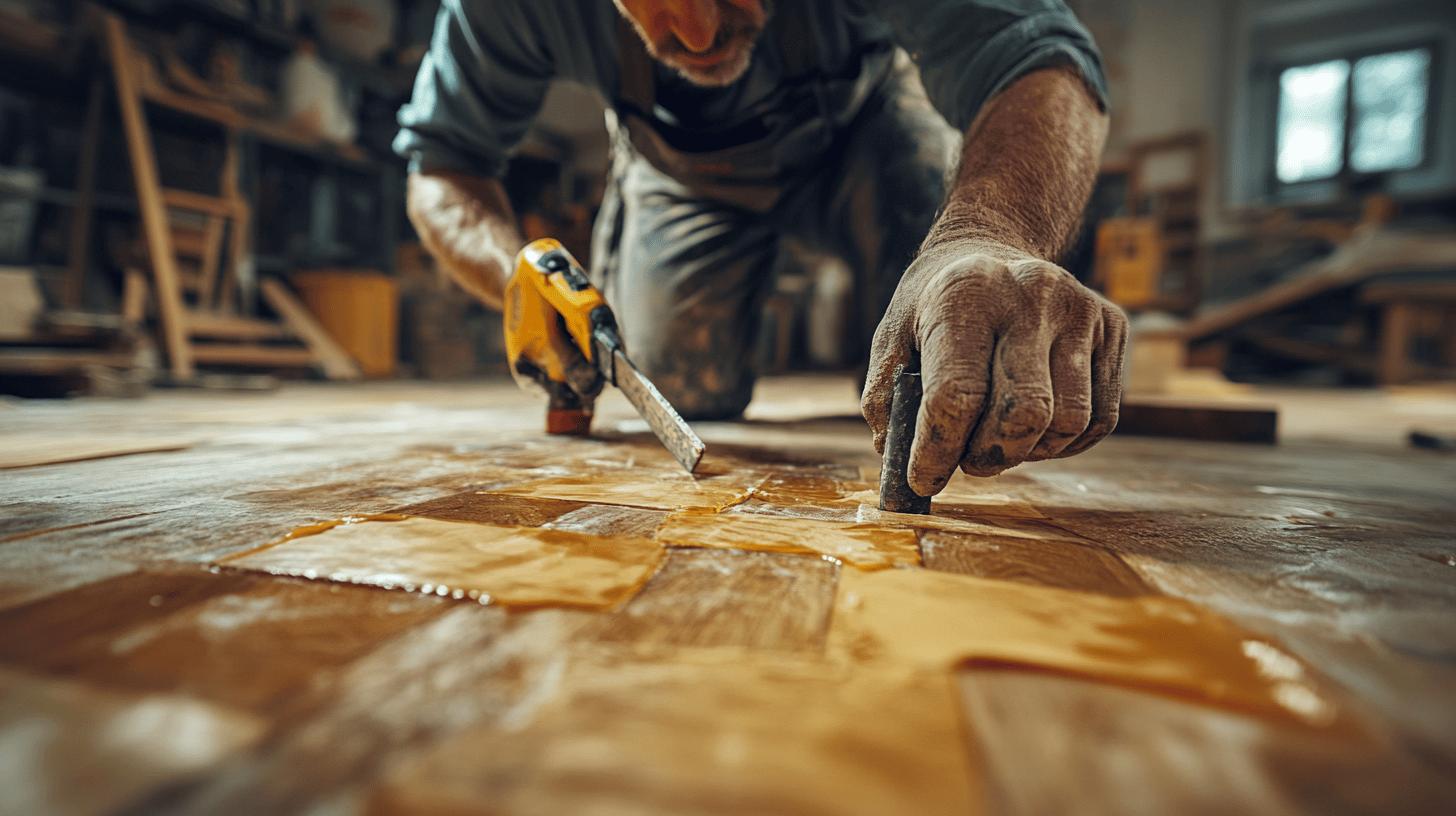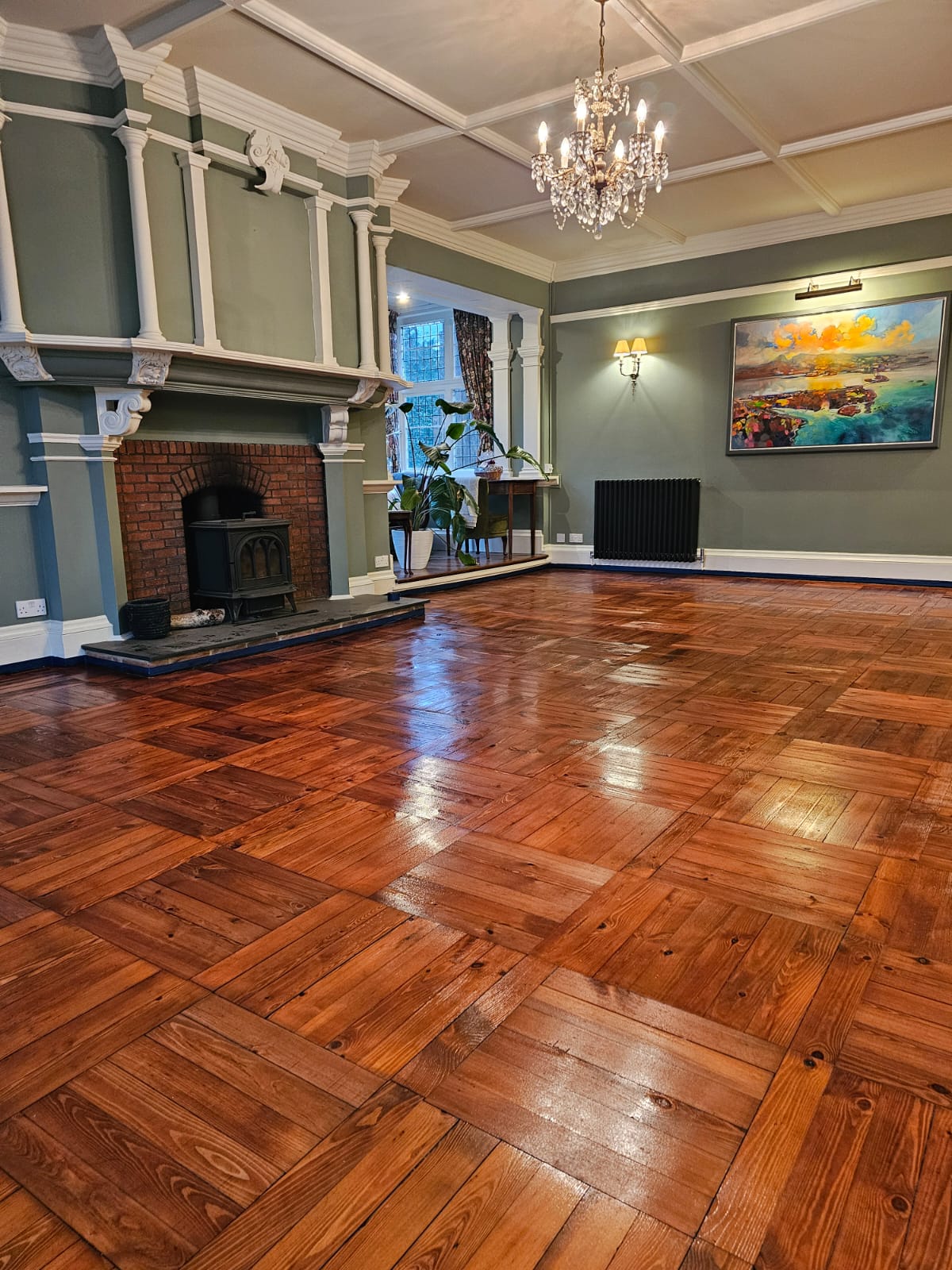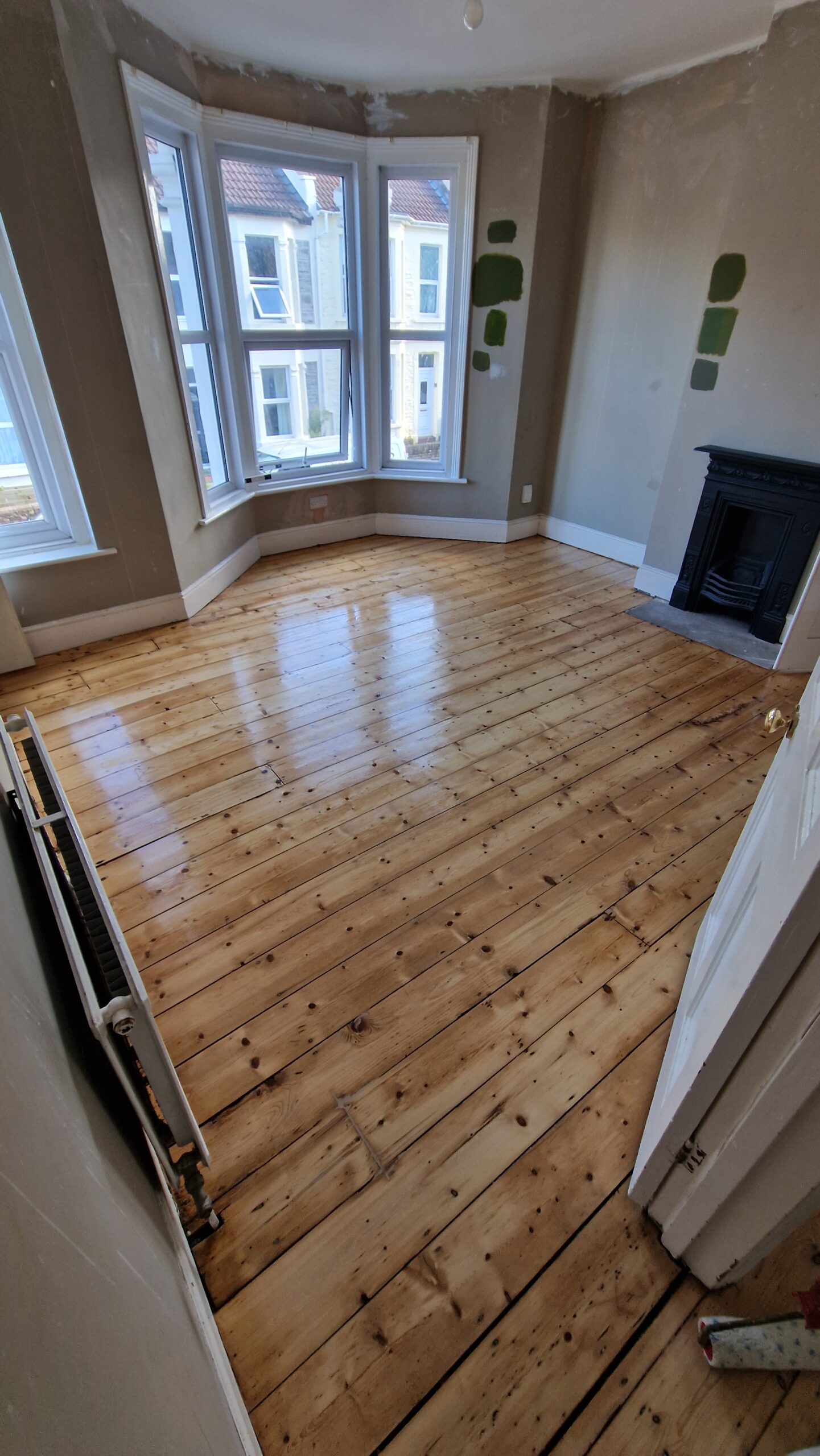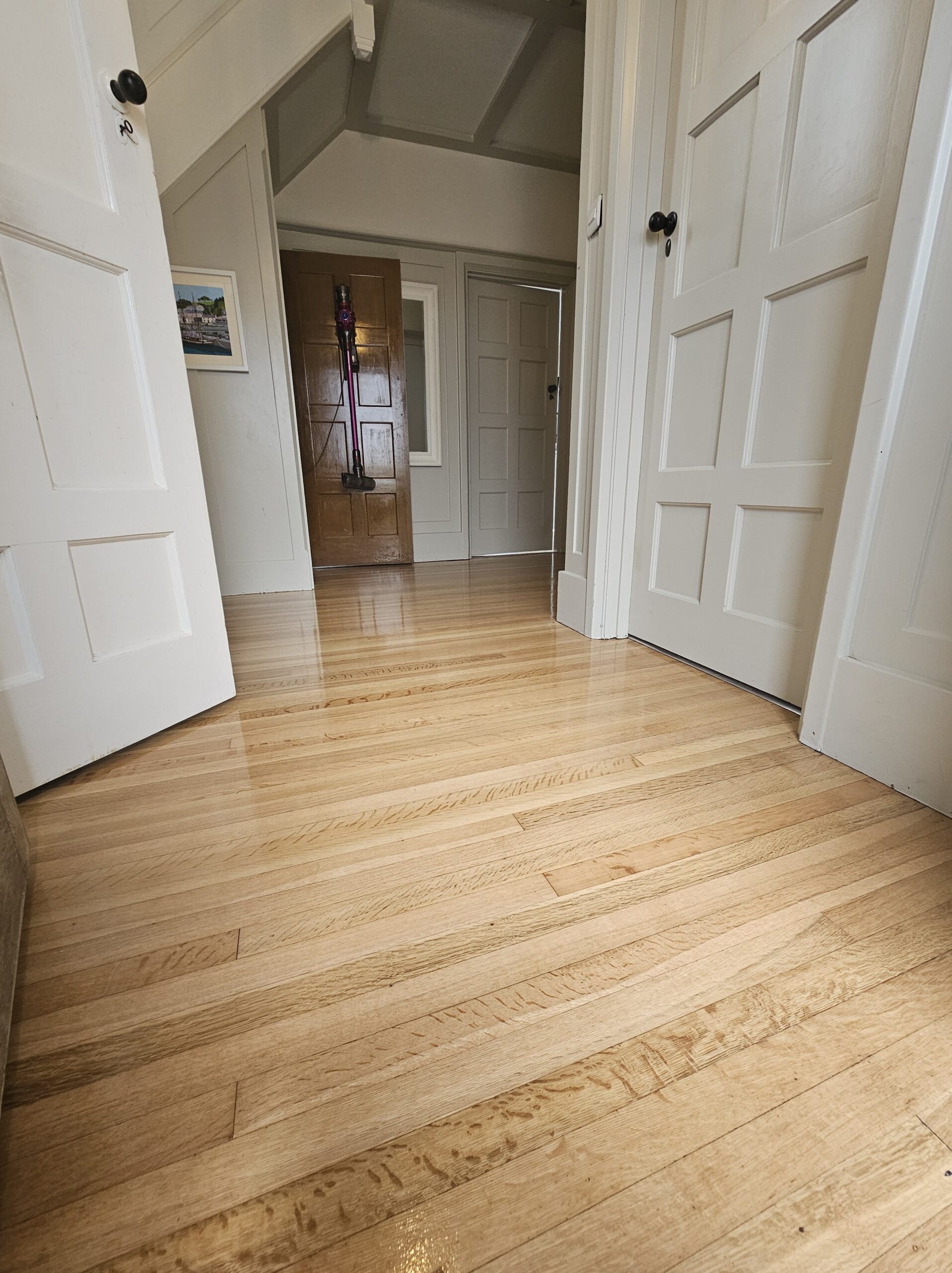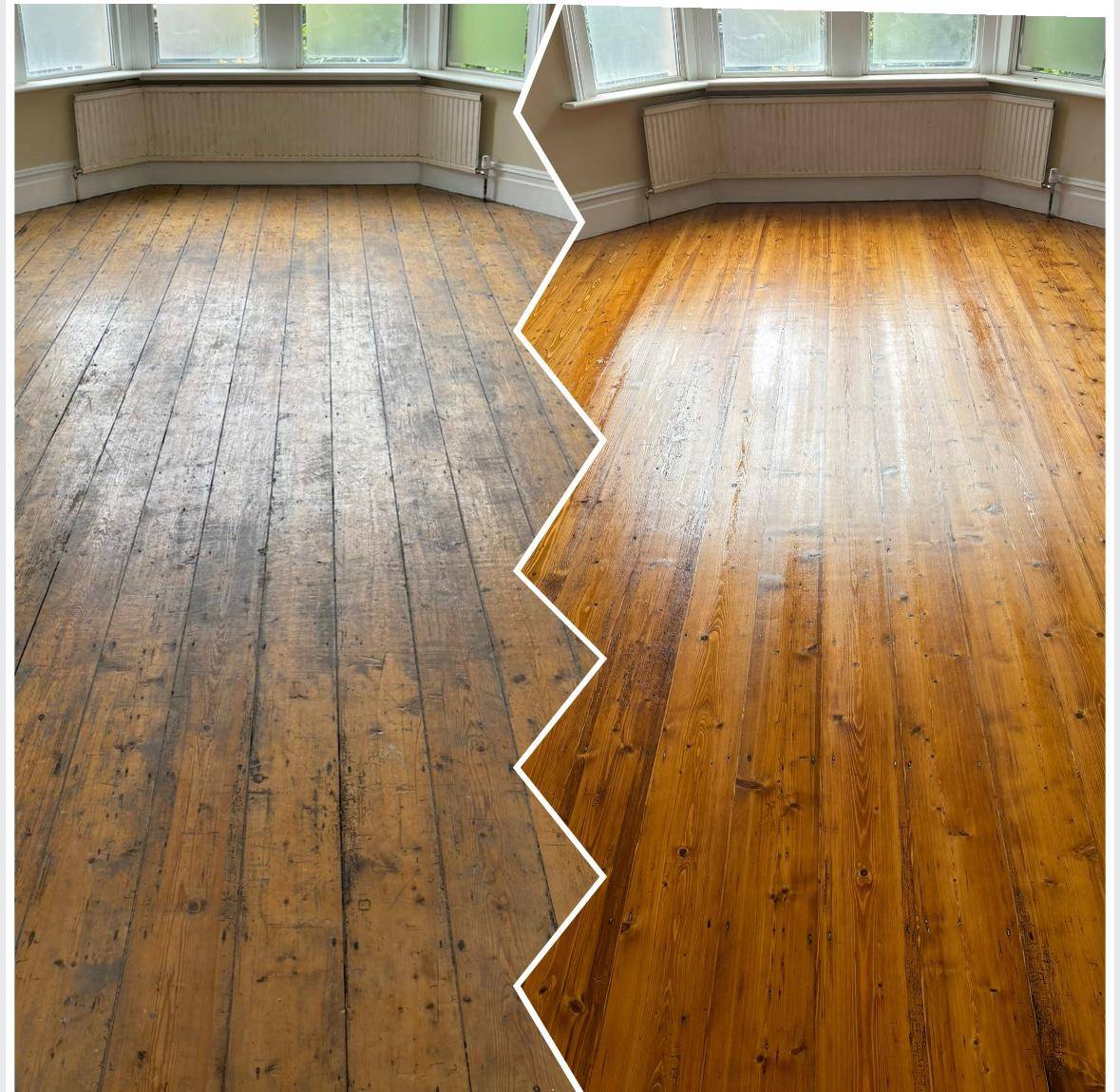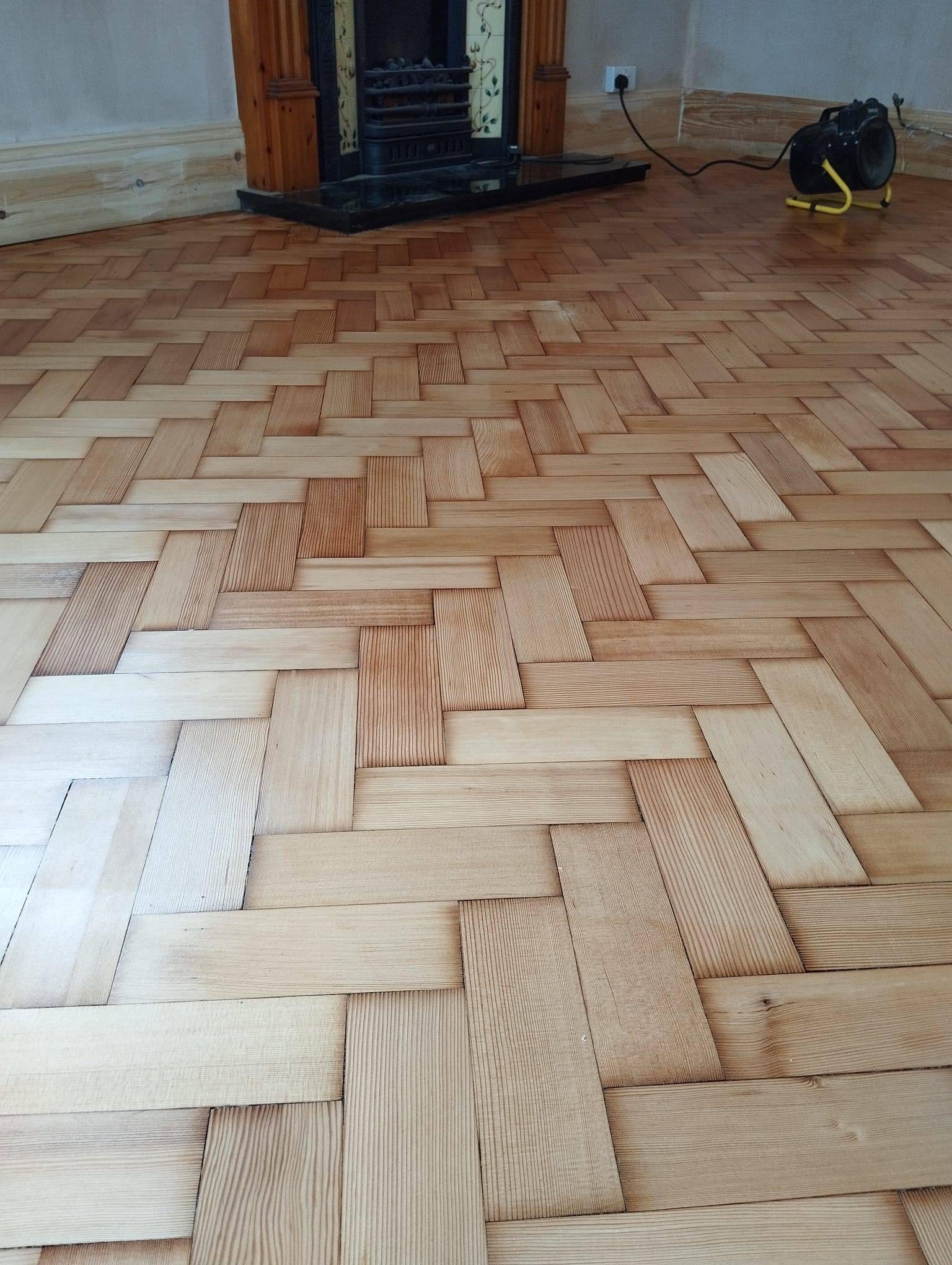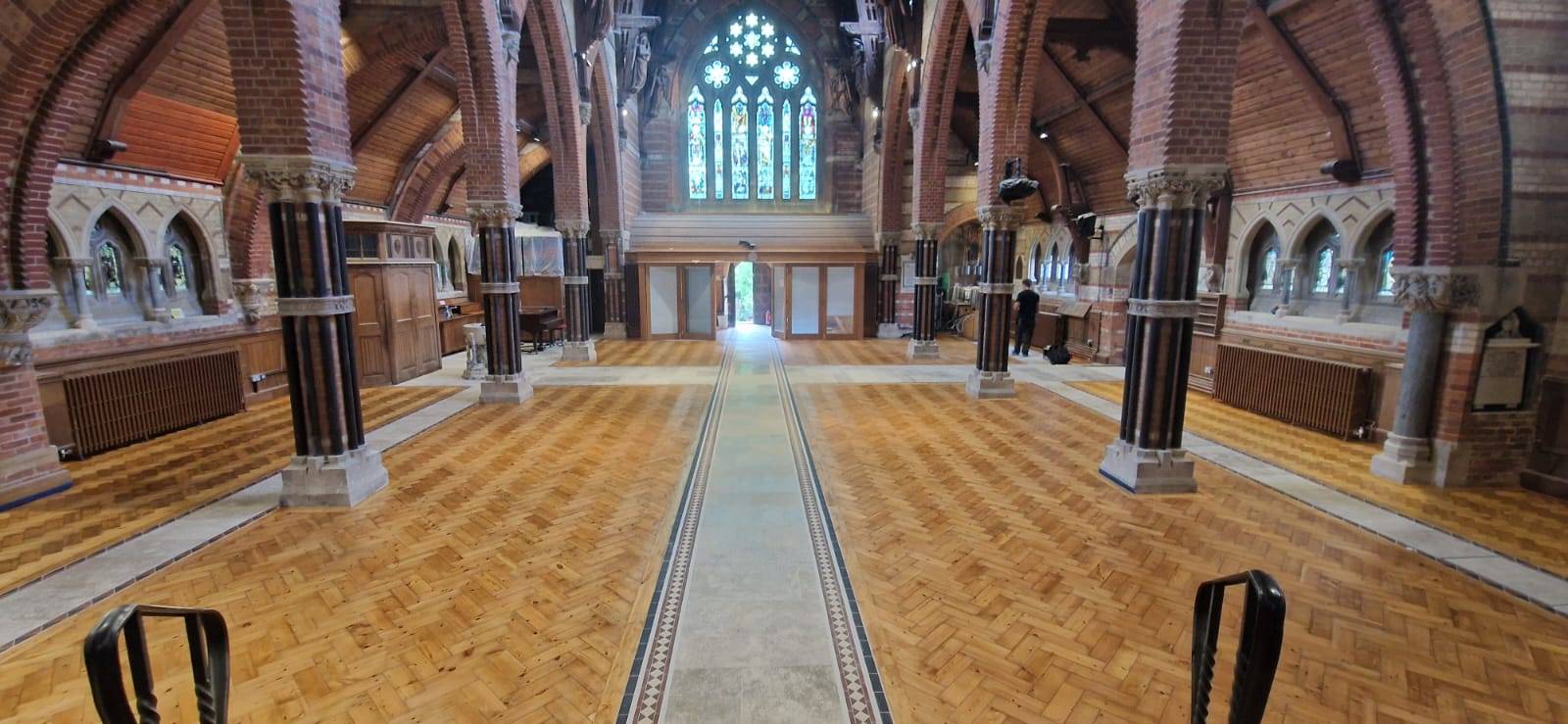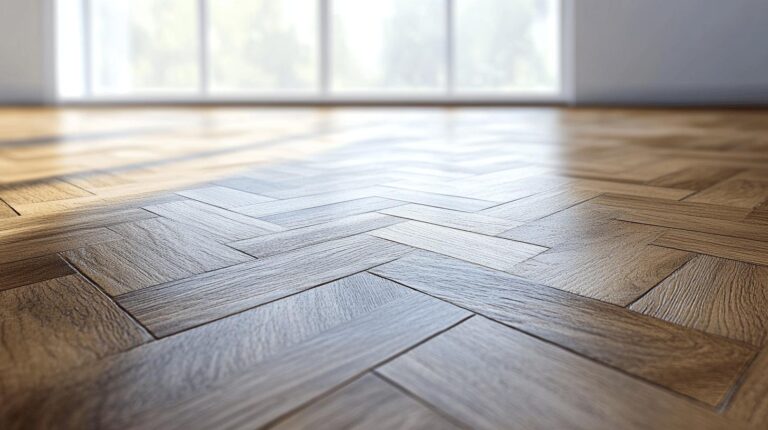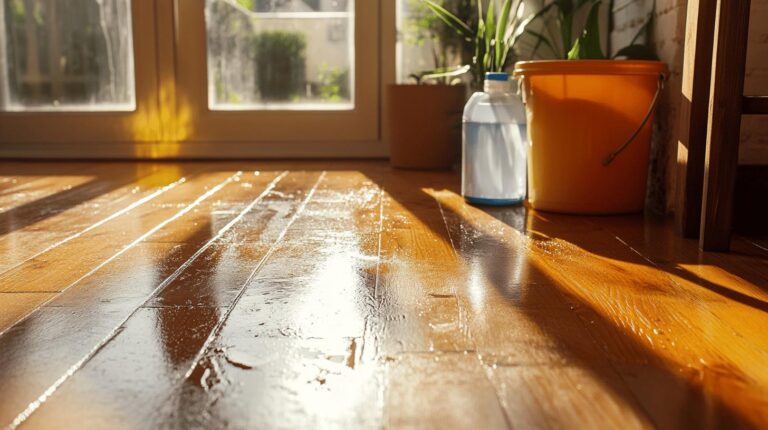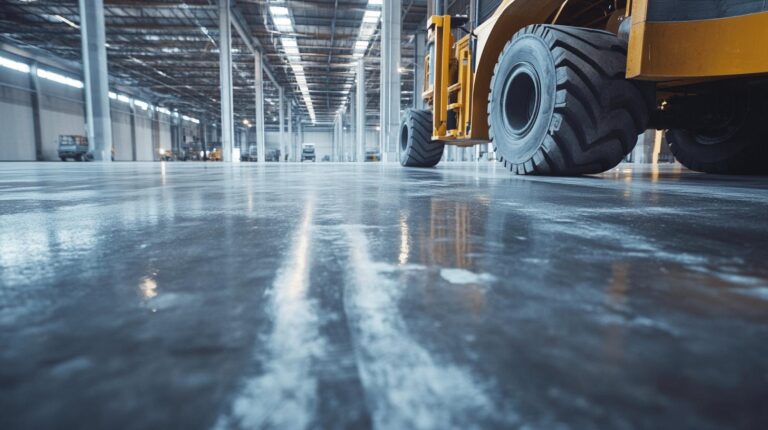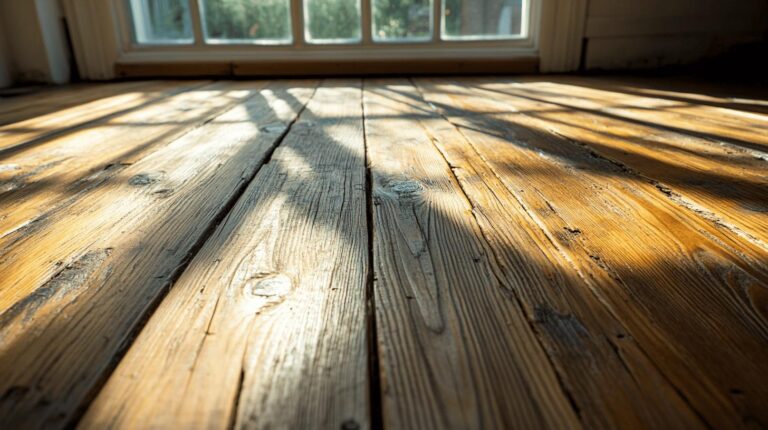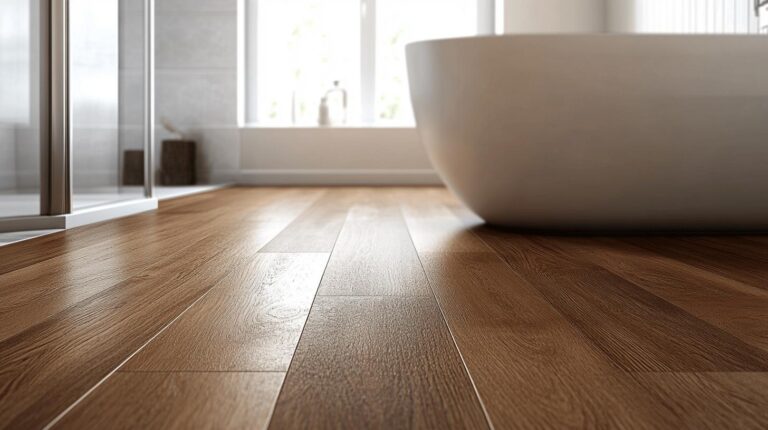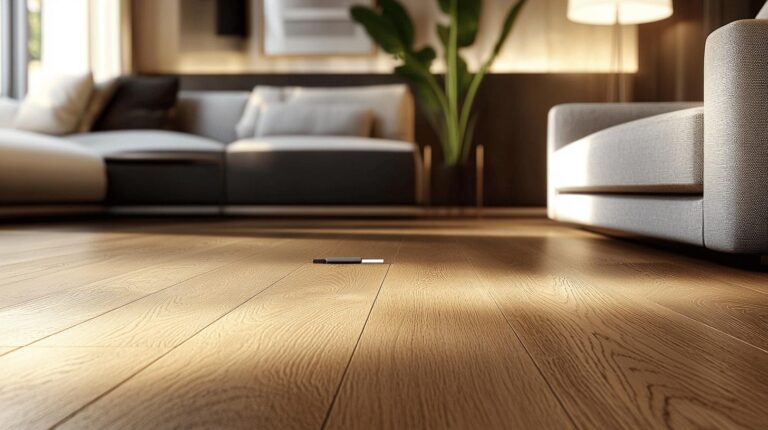Is your parquet floor looking less than perfect with those unsightly gaps popping up? Before you consider a full renovation, you might want to explore the cost-saving option of re-gluing! Parquet gap re-gluing, a targeted adhesive strategy, is proving to be an economical method favoured by many homeowners. Besides saving money, it minimises disruption, allowing you to maintain your lifestyle. As Ryan’s Restoration explains, understanding the financial benefits of re-gluing versus a full lift can help you make an informed decision. This article delves into when re-gluing makes sense—potentially saving time and pounds.
Understanding Parquet Gap Re-Glue
Re-gluing parquet gaps is a maintenance technique that involves applying adhesive solutions to specific sections where gaps have formed in the flooring. This method is particularly effective for minor repairs, offering an economical way to address issues without the need for extensive floor lifting. The process is suitable for small, localised gaps, and serves as a quick fix to enhance aesthetics and prevent debris accumulation. Costs for re-gluing typically range from £40 to £120 per section, varying based on adhesive quality and labour charges.
Benefits of Re-gluing:
- Cost-effective solution: Re-gluing is significantly cheaper compared to full floor replacement, making it a practical choice for budget-conscious homeowners.
- Minimal disruption: This method causes minimal disruption to daily activities, as it does not require the removal of the entire floor.
- Quick fix: Re-gluing can be completed in a short time, allowing homeowners to quickly restore the appearance of their floors.
- Enhances aesthetics: By filling gaps, re-gluing improves the overall look of parquet flooring, making it appear more uniform and well-maintained.
- Prevents debris accumulation: Sealing gaps helps prevent debris from collecting, which can otherwise lead to further wear and damage.
.
Re-gluing is the preferred method in scenarios where parquet floors exhibit minor gaps or when a swift and affordable repair is desired. It is particularly suitable for floors that have not suffered significant structural damage. However, there are potential drawbacks to consider. Re-gluing may not be a long-term solution for floors with extensive damage or where the adhesive may not bond effectively due to environmental conditions. In such cases, more comprehensive repairs or even a full lift might be necessary to ensure the longevity and integrity of the flooring.
Full Lift Parquet: A Comprehensive Overview
Full lifting of parquet flooring involves the complete removal and relaying of the floor. This method is necessary when parquet floors have extensive damage or when the entire floor shows significant wear. A full lift ensures that all underlying issues are addressed, providing a uniform appearance and maintaining the structural integrity of the floor. This process is often chosen when simple repairs, such as re-gluing, are not sufficient to restore the floor’s condition or when a complete redesign is desired.
Cost and Time Considerations
How much does a full lift cost? The financial investment for a full lift ranges from £1,200 to £3,500 for an average-sized room. This cost is influenced by several factors, including the size of the floor, the complexity of the layout, and the choice of materials used. Labour costs increase due to the need for skilled professionals to remove, prepare, and reinstall the flooring.
How long does it take? The time required for a full lift is significantly longer than re-gluing, often taking several days to weeks, depending on the floor’s size and condition. The process requires careful planning and execution to ensure high-quality results.
The benefits of a full lift are substantial. This method not only extends the longevity of the parquet flooring but also enhances its aesthetic appeal. A full lift allows homeowners to achieve a flawless, uniform look, free from previous imperfections or inconsistencies. Additionally, it offers the opportunity to modernise the flooring, whether by changing the wood type or altering the design pattern, thereby adding value to the property.
Cost Analysis: Re-Glue vs Full Lift
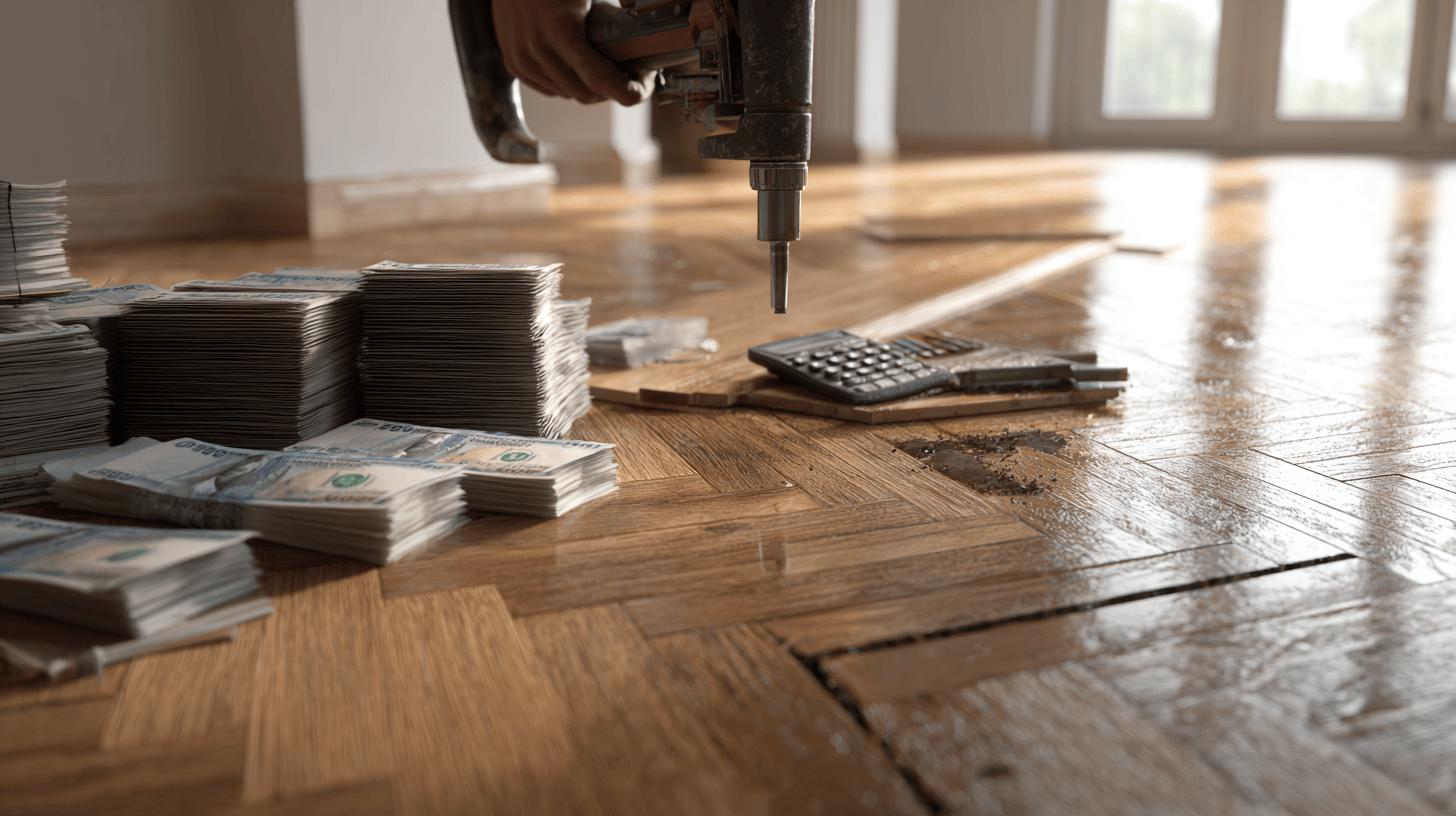
When deciding between re-gluing and a full lift for parquet flooring, understanding the cost differences is essential. Re-gluing, a method used to address minor gaps, typically costs between £40 and £120 per section. In stark contrast, a full lift, which involves removing and reinstalling the entire floor, ranges from £1,200 to £3,500 for an average-sized room. These figures highlight the significant financial disparity between the two methods.
| Method | Cost Range |
|---|---|
| Re-Glue | £40 – £120 per section |
| Full Lift | £1,200 – £3,500 per room |
The cost implications of each method extend beyond just the financial outlay. Re-gluing is less disruptive, allowing homeowners to maintain their daily routines with minimal inconvenience. This method is suitable for budget-conscious individuals seeking a quick and efficient fix for minor floor issues. Conversely, a full lift involves a more extensive process, often requiring temporary relocation due to the comprehensive nature of the work.
Experts advise that re-gluing is an ideal solution for temporary fixes, particularly when addressing minor gaps or when the overall floor condition is still sound. This approach is financially sensible for those looking to extend the life of their parquet without a substantial investment. On the other hand, a full lift is recommended for long-term solutions, especially when the floor has extensive damage or when a complete aesthetic overhaul is desired. This method, although costlier and more disruptive, ensures a renewed and uniform appearance, ultimately adding value to the property.
Evaluating Parquet Repair Choices: When to Choose What
When deciding between re-gluing and full lifting of parquet flooring, several key considerations should guide homeowners. What factors should you consider? The age of the parquet, the extent of damage, and budget constraints are crucial in determining the most suitable repair method. Re-gluing is often a cost-effective solution for minor issues, extending the floor’s life by several years. In contrast, full lifting is ideal for more significant renovations, rejuvenating the flooring for decades.
- Budget constraints: Assess your financial limitations. Re-gluing is budget-friendly, while full lifting involves a higher initial investment.
- Extent of damage: Evaluate the damage severity. Minor gaps suit re-gluing, whereas extensive damage demands a full lift.
- Floor age: Consider the parquet’s age. Older floors with wear may need a full lift, while newer installations might benefit from re-gluing.
- Long-term goals: Decide on your long-term flooring goals. If longevity and a fresh look are priorities, a full lift is preferable.
- Disruption tolerance: Assess your tolerance for disruption. Re-gluing is less invasive, while full lifting requires more time and potentially temporary relocation.
.
Case studies provide insight into the effectiveness of each method. In one instance, a homeowner with a parquet floor exhibiting minor gaps and limited wear opted for re-gluing. This choice proved economical, extending the floor’s life without significant investment. Conversely, another case involved a century-old parquet floor with widespread damage. The decision to undergo a full lift resulted in a beautifully restored and uniform floor, enhancing the property’s value. These examples underscore the importance of assessing individual circumstances to choose the right approach.
Parquet Gap Re-Glue: Cost-Saving Solution Explained
Re-gluing parquet gaps is often hailed as a cost-effective solution for minor flooring issues. What makes re-gluing a budget-friendly option? It addresses small, localised gaps without the need for extensive labour or material costs associated with full floor replacements. By applying adhesive to specific sections, homeowners can enhance their floor’s appearance and functionality at a fraction of the cost of a full lift. This method typically incurs expenses ranging from £40 to £120 per section, making it accessible for many budgets.
Why is re-gluing suitable for minor issues? The process is quick, minimally disruptive, and can be completed without displacing residents or furniture. It efficiently deals with gaps that could otherwise gather debris or detract from the floor’s visual appeal. However, it is crucial to recognise that re-gluing is a temporary fix, best suited for floors that are structurally sound apart from a few gaps. For more severe damage or when a uniform appearance is desired across the entire floor, a full lift might be necessary.
Professional Tips for Successful Repairs
- Choose the Right Adhesive: Select a high-quality adhesive that is compatible with your parquet material for the best results.
- Prepare the Surface: Clean and dry the floor thoroughly before applying adhesive to ensure optimal bonding.
- Apply Evenly: Use a precise applicator to distribute adhesive evenly, preventing excess spillage or gaps.
- Allow Adequate Curing Time: Follow the adhesive manufacturer’s instructions for curing times to ensure a solid bond.
- Consult an Expert: If uncertain, seek guidance from a flooring professional to avoid common pitfalls and achieve a seamless repair.
.
For those considering re-gluing, consulting a professional can be invaluable. Experts can provide tailored advice, ensuring that the chosen repair method aligns with the floor’s condition and the homeowner’s budgetary constraints. Engaging professional services not only guarantees high-quality results but also extends the longevity of the repair, maximising the investment.
Final Words
Examining Parquet Gap Re-Glue vs Full Lift reveals the significance of choosing the right repair method for parquet floors.
Re-gluing offers a cost-effective, quick solution for minor gaps, maintaining functionality with minimal disruption. In contrast, full lifting ensures a comprehensive overhaul, enhancing structural integrity and aesthetics but involves higher costs and greater time commitments.
Ultimately, understanding the extent of damage and considering long-term goals can guide the decision. Consulting professionals helps tailor the best approach, ensuring durable and visually appealing outcomes for any flooring issue.
Restore your parquet → Parquet Floor Sanding
FAQ
Should I fill gaps between floorboards?
Filling gaps between floorboards is usually recommended to prevent debris accumulation and enhance aesthetics. It is especially useful before carpeting or if the gaps detract from the floor’s appearance.
What is Bona Gap Master used for?
Bona Gap Master is designed to fill gaps in wooden floors, improving joint stability and enhancing floor appearance. It is ideal for sealing small gaps in parquet or floorboards, available in various colours.
Is it worth restoring parquet flooring?
Restoring parquet flooring is beneficial for enhancing both its appearance and longevity. It can increase the flooring’s value and aesthetic appeal, making restoration a worthwhile investment.
Should I fill gaps in a parquet floor?
Yes, filling gaps in a parquet floor can prevent debris build-up and improve the floor’s visual appeal. It is advisable in areas with minor gaps or when preparation for a new finish is desired.
What considerations should I make when choosing a floorboard gap filler?
Consider the gap size, floorboard material, and compatibility of the gap filler. Products like Bona Mix & Fill or Osmo Gap Sealer are effective and come in various shades to match existing flooring.
What is the best treatment for parquet flooring?
To treat parquet flooring effectively, use products like Bona Mix & Fill for gap filling, followed by a compatible finish for protection. This process extends the floor’s life and enhances its appearance.
Is floating flooring better than glue down?
Floating flooring offers easier installation and flexibility, making it suitable for quick setups and budget constraints. Glue-down options provide solidity and permanence, ideal for high-traffic areas but require more expertise in installation.
What are expert insights and recommendations for parquet repair methods?
Experts suggest re-gluing for minor or temporary issues, while full lifting is recommended for long-term solutions or extensive damage. Consulting a flooring professional can provide personalised advice and optimal results.
